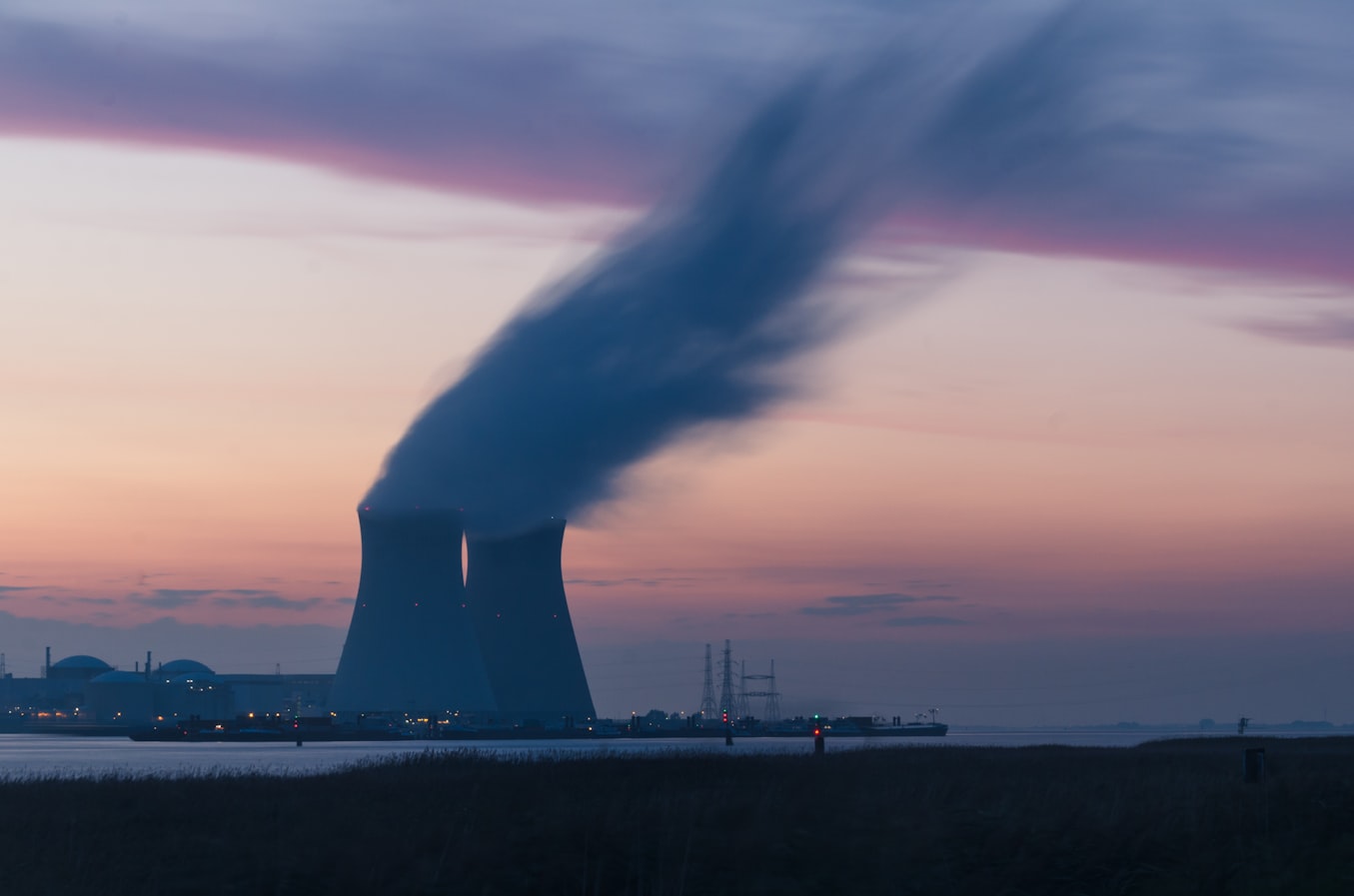Why black holes are the most efficient way to convert mass into energy?
What does e equals mc squared mean?
In physics, the mass-energy equivalence states that everything with mass has an equal amount of energy, and vice versa, with these basic quantities directly related to Albert Einstein’s famous formula: e = mc²
So, anything with mass, possesses a huge amount of energy.

Why black holes are the most efficient way? - Nuclear fission plants vs black holes
Nuclear fission plants produce only 0.08% of the potential energy of the mass used, although they may produce low amounts of power. If we were able to use a rotating black hole to harness energy it would create 500 times more energy with the exact same amount of mass.
That even a small amount of mass can produce a lot of energy.
In fact, it is extremely difficult to obtain energy from the mass. There are several methods for this, but even those who seem to us extremely strong, such as nuclear fission or fusion, convert only a small fraction of the potential mass (respectively .08% and .7%)
Apart from using the extremely rare antimatter in the universe, the most effective way to remove the energy of mass is to lower the mass into a black hole. Black holes are extremely small. But, it contains an amazing gravitational force. Something came out of a black hole? No, I don’t think so. The black hole is the space-time zone that exhibits such powerful gravitational effects - nothing can escape even through electromagnetic radiation such as particles and light. Think about a meteor entering the Earth’s atmosphere - it burns out because it accelerates the entrance by releasing the energy. Now imagine that this object traveling exponentially faster, leaving the energy in the universe without falling into blackness forever.
Using this method with a black hole that doesn’t rotate, 6% of the mass of an object is converted to energy. But we can do better. With black holes bending the fabric of space-time, objects can create an orbit much closer to the event horizon before they fall, thus releasing more of their energies - up to 42%.
None of this makes any sense in places where we emerge from the substance using inefficient methods such as nuclear fission in the Earth.
Possible ways to extract energy from black holes: Extracting mass-energy from inside the black hole
 Wikimedia Commons - Dyson Ring
Wikimedia Commons - Dyson Ring
- Dyson sphere. A Dyson sphere is a hypothetical mega structure that completely surrounds a star and captures a large percentage of its power output. This concept is a thought experiment that tries to explain how a spaceship meets the energy needs of a spaceship when it exceeds the values that can only be obtained from its own resources. Only a portion of a star’s energy release reaches the surface of any orbiting planet. The structure structures surrounding a star provide a civilization with much more energy.
- Rotational energy. The efficient way to extract energy from a black hole is to extract its rotational energy. 20% 1 of a (rotating) black hole’s mass-energy is in the form of rotational energy. This energy is not stored inside the black hole, rather it is stored in the swirl of space outside the black hole (in the Ergosphere). We can extract this energy by threading magnetic filled lines through the black hole. The swirl of space swirls the magnetic fields, and this swirl creates current (I’m not sure of the exact treatment of this, classically it would be some form of electromagnetic induction, but this isn’t classical physics.). The current flows along the field lines and can be picked up.
 Kurzgesagt – In a Nutshell
Kurzgesagt – In a Nutshell
- Black hole bomb. Much like you’d build a Dyson sphere around a star to harness its energy, you could theoretically construct a giant mirror ball to contain a black hole. Then, you’d remove part of the mirror, shoot electromagnetic waves inside and let them bounce around for a while.
It doesn’t have to explode :) — you could use it as an near-endless source of power.



Comments